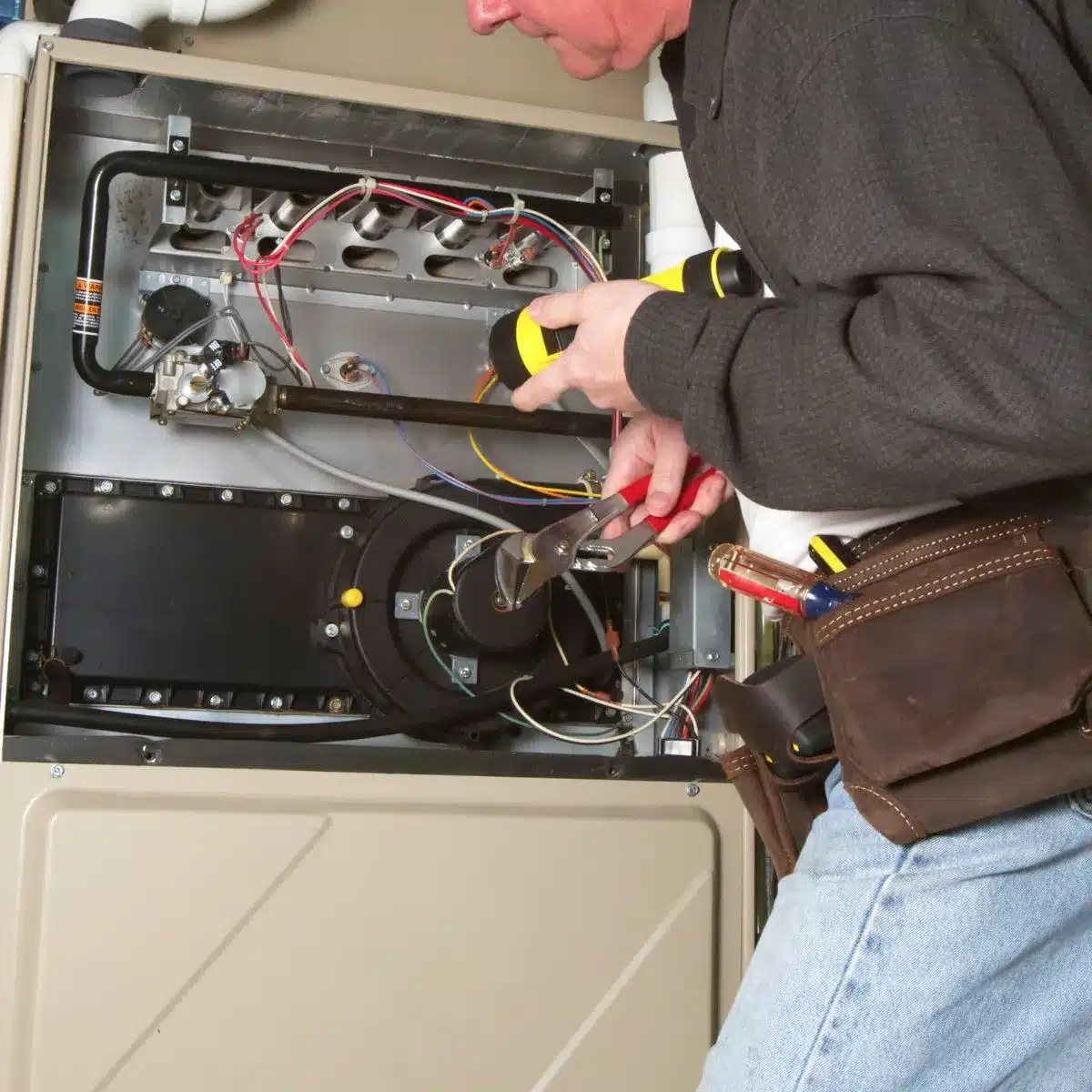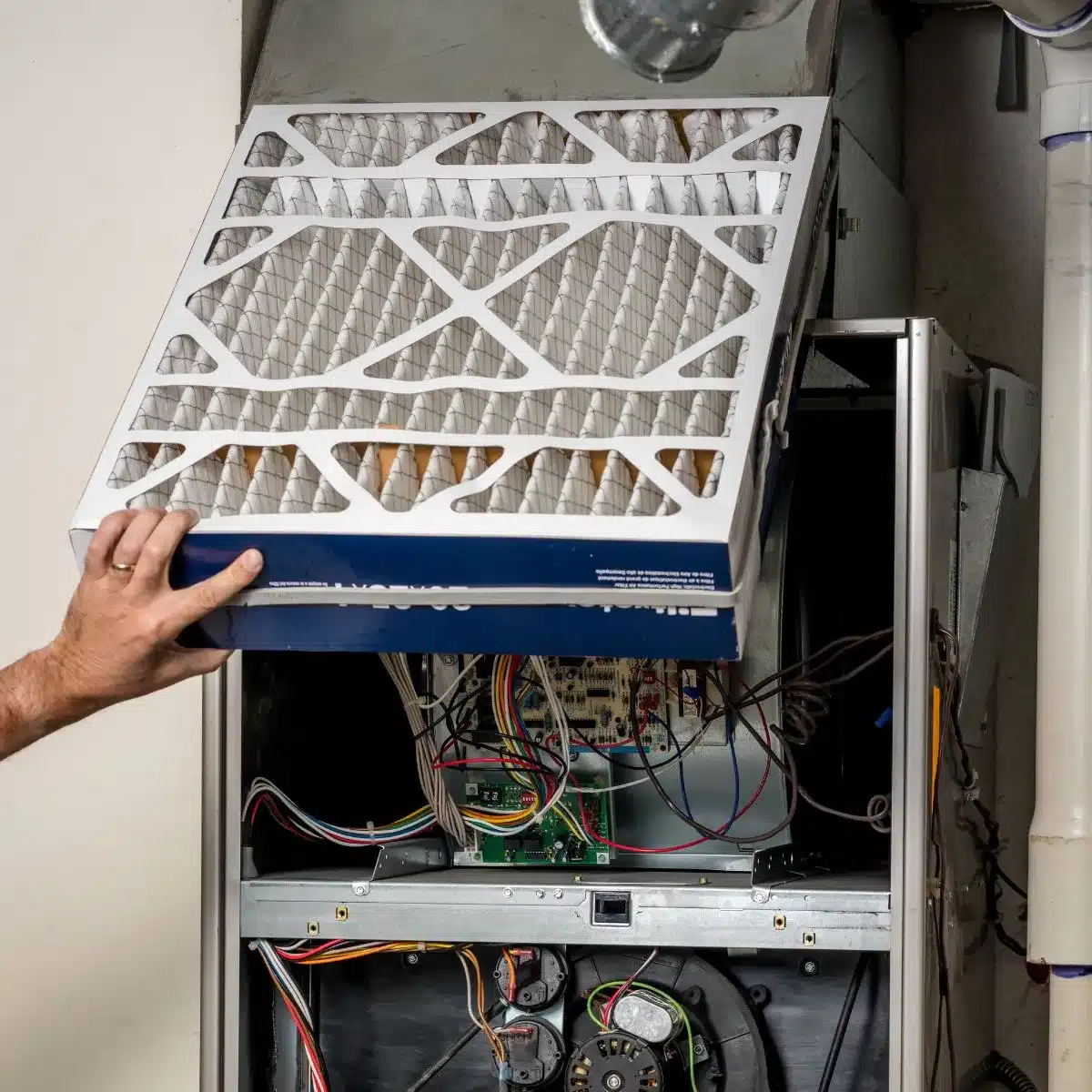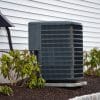Homeowners often find themselves puzzled when they notice their furnace leaking water. A leaking furnace can be a cause for concern, but understanding the signs, causes, and preventive measures can help you address the issue.
In this comprehensive guide, we’ll dive into the common reasons behind a leaking furnace and provide you with practical solutions to keep your heating system in top-notch condition.

Signs of a Leaking Furnace
Before diving into the reasons for a leaking furnace, it’s crucial to recognize the signs that indicate a potential issue. These may include:
- Puddles or water stains around the furnace
- Unusual sounds, such as gurgling or dripping
- Fluctuations in heating performance
- Increased humidity in your home
Common Causes of Furnace Water Leaks
Understanding the root causes of furnace water leaks is essential for effective troubleshooting. Some common culprits include:
1. Condensation Issues
Condensation is a natural byproduct of the combustion process in high-efficiency furnaces. While modern furnaces are designed to handle condensation efficiently, issues can arise if the condensate drain or pump malfunctions. If the drain becomes clogged or the pump fails, excess water accumulates, leading to leaks around the furnace.
2. Blocked Drain Lines
Over time, drain lines can become obstructed by a buildup of dirt, debris, or mold. When the drain lines are blocked, water can back up into the furnace, causing leaks. Homeowners should routinely check the drain lines and clear any obstructions. This can be done by using a mixture of water and vinegar to flush out accumulated debris.
3. Cracked Heat Exchanger
A cracked heat exchanger is a serious issue that can result in water leaks and pose a risk to both the furnace’s efficiency and the safety of occupants. The heat exchanger is responsible for transferring heat from the combustion process to the air. Over time, heat exchangers can develop cracks due to metal fatigue or corrosion. Cracks allow water to escape into the furnace, leading to leaks. If you suspect a cracked heat exchanger, it is imperative to shut down the furnace immediately and seek professional assistance.
4. Humidifier Malfunctions
Furnaces equipped with humidifiers add moisture to the air, improving comfort during the winter months. However, if the humidifier malfunctions, it can contribute to water leaks. Common issues include clogged water supply lines, faulty solenoid valves, or improper settings.
5. Flue Pipe Issues
The flue pipe is responsible for venting exhaust gases produced during combustion safely out of the home. If the flue pipe is damaged, improperly installed, or disconnected, it can lead to condensation forming inside the pipe. This condensation can then leak back into the furnace, causing water damage.
6. Secondary Heat Exchanger Problems
Some high-efficiency furnaces have a secondary heat exchanger that extracts additional heat from combustion gases. If this component fails or develops leaks, it can result in water escaping into the furnace cabinet.
DIY Troubleshooting Steps
If you’re considering troubleshooting a furnace leak yourself, it’s important that you are familiar with HVAC systems. If you lack this experience, it’s advisable to prioritize safety and seek assistance from an HVAC technician.
Confident that you can troubleshoot the issue yourself? Then let’s dive in!
1. Check the Condensate Drain
The condensate drain plays a crucial role in removing excess water produced during the combustion process. If this drain becomes clogged, water can back up and leak around the furnace. To troubleshoot, locate the condensate drain and inspect it for any visible debris or blockages. If you notice any impediments, carefully clear them using a mixture of water and vinegar.
2. Inspect the Humidifier
If your furnace is equipped with a humidifier, it’s essential to check for any signs of leaks or malfunctions. Begin by examining the water supply lines connected to the humidifier. Ensure that there are no visible leaks, and the connections are secure. Additionally, inspect the humidifier pad or element for any signs of damage or excess water.
3. Examine the Heat Exchanger
The heat exchanger is a critical component of the furnace responsible for transferring heat from the combustion process to the air. A cracked or corroded heat exchanger can lead to water leaks. To inspect the heat exchanger, turn off the furnace and allow it to cool. Carefully examine the exchanger for any visible cracks, rust, or signs of corrosion. If you detect any issues, it is imperative to seek professional assistance promptly, as a compromised heat exchanger poses safety risks.
4. Check Flue Pipe and Venting
The flue pipe is responsible for venting exhaust gases safely out of the home. If damaged or improperly installed, it can lead to condensation forming inside the pipe, causing water damage. Inspect the flue pipe for any visible signs of damage, disconnection, or improper installation. Ensure that the pipe is securely connected and free of obstructions. Additionally, check the venting system to guarantee proper airflow. Any issues with the flue pipe or venting should be addressed promptly to prevent water leaks.
5. Evaluate Secondary Heat Exchanger
If your furnace has a secondary heat exchanger, it’s essential to evaluate its condition. This component extracts additional heat from combustion gases. Inspect the secondary heat exchanger for signs of leaks, corrosion, or damage. Any issues with the secondary heat exchanger should be addressed by a professional technician during regular maintenance.
How to Prevent Furnace from Leaking Water
- Regular Professional Inspections: Schedule annual HVAC technician inspections to catch and fix potential issues early, preventing water leaks and ensuring optimal furnace performance.
- Change Air Filters Regularly: Replace filters regularly to prevent debris buildup, ensuring proper airflow and reducing the risk of condensation-related leaks.
- Clean the Condensate Drain: Flush the condensate drain with water and vinegar regularly to prevent clogs, ensuring proper drainage and minimizing leak risks.
- Monitor Humidifier Functionality: Regularly check humidifiers for leaks, ensure proper water flow, and adjust settings to prevent over-humidification and potential leaks.
- Inspect the Flue Pipe: Regularly inspect the flue pipe for damage or disconnection to ensure safe venting and prevent condensation-related water leaks.
- Address Secondary Heat Exchanger Issues: Regularly inspect for leaks, corrosion, or damage in the secondary heat exchanger during professional maintenance to prevent water leaks.
- Monitor Furnace Performance: Pay attention to any changes in performance and address abnormalities promptly to prevent potential water leaks.
- Ensure Proper Ventilation: Ensure the venting system is unobstructed for proper airflow, preventing condensation issues that may lead to water leaks.
- Install a Condensate Pump Alarm: Consider installing an alarm to alert you to potential condensate pump issues, allowing timely intervention to prevent leaks.
- Protect Against Freezing: Insulate the condensate drain line and keep the furnace area adequately heated during winter to prevent freezing and subsequent leaks.
FAQs
Can I fix a leaking furnace myself?
Some issues, such as clearing a clogged condensate drain, can be addressed by homeowners. However, for complex issues like a cracked heat exchanger, it’s advisable to seek professional assistance.
How often should I schedule furnace maintenance?
Annual professional inspections are recommended to ensure the efficient and safe operation of your furnace.
Can a leaking furnace be a safety hazard?
Yes, a leaking furnace, especially one with a cracked heat exchanger, can pose a safety risk. It’s crucial to address such issues promptly.
Conclusion
Understanding the signs, causes, and preventive measures for a leaking furnace empowers homeowners to maintain a comfortable and safe living environment.
Regular maintenance, prompt troubleshooting, and professional furnace repair when needed will ensure your furnace operates efficiently and extends its lifespan.
Don’t ignore the warning signs – tackle furnace leaks head-on to keep your home warm and secure.




